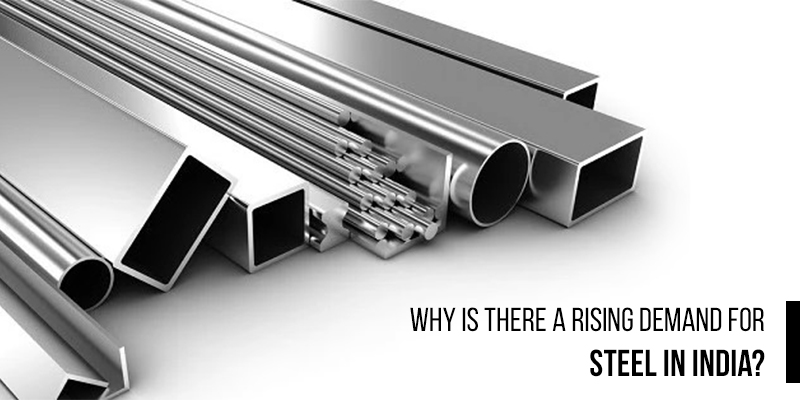In the dynamic world of stainless steel slitting, achieving maximum efficiency in slitting operations is paramount for manufacturers aiming to meet high-quality standards and optimize production outputs. In this blog post, we delve into key insights provided by our experts to elevate precision in stainless steel slitting. From blade quality to safety measures, every aspect plays a pivotal role in enhancing the efficiency of steel coil slitting processes.
1. Blade Quality:
Investing in high-quality slitter blades is a cornerstone for efficient stainless steel slitting. Premium blades ensure clean, precise cuts, reducing the need for frequent replacements and minimizing downtime. Choosing blades with advanced coatings enhances durability and contributes to the overall longevity of the slitting equipment.
2. Tension Control:
Optimal tension control is crucial for maintaining uniformity in slitted strips. Implementing advanced tension control systems prevents surface defects, ensures consistent strip thickness, and contributes to the longevity of both the blades and the material being processed.
3. Edge Burr:
Eliminating edge burr is essential for delivering high-quality stainless steel strips. Quality slitter tooling, combined with precise tension control, reduces the occurrence of burrs, resulting in smoother edges and minimizing the need for additional finishing processes.
4. Width Consistency:
Achieving consistent strip width is a key metric for maximizing efficiency. Employing advanced slitting equipment with precise width control mechanisms ensures uniformity, reducing material waste and enhancing the overall quality of the end product.
5. Coil Integrity:
Preserving the integrity of stainless steel coils is critical for efficient processing. Proper material handling and storage practices, along with regular maintenance checks, contribute to minimizing coil damage, ensuring smooth operations, and reducing downtime.
6. Material Selection:
Collaborating with reputable stainless steel suppliers is foundational to the slitting process. Understanding the specific properties of the material being processed allows for fine-tuning of slitting parameters, contributing to optimized efficiency and quality.
7. Slitter Tooling:
Selecting the right slitter tooling is paramount for achieving precision in stainless steel slitting. Regular maintenance, coupled with strategic blade management, maximizes the performance and lifespan of the tooling, resulting in consistent, high-quality outputs.
8. Strip Shape:
Ensuring the desired strip shape is crucial for meeting customer specifications. Utilizing advanced slitting technology and real-time monitoring systems allows for on-the-fly adjustments, ensuring the final strips conform to the required shape and dimensions.
9. Safety Measures:
Prioritizing safety in the workplace not only protects personnel but also contributes to uninterrupted production. Implementing comprehensive safety measures, including proper training and ergonomic designs for handling equipment, fosters a secure working environment.
10. Quality Control:
Integrating robust quality control measures is non-negotiable in stainless steel slitting. Automated inspection systems and regular quality assurance checks provide real-time data, enabling quick identification and resolution of potential issues, ensuring consistent high-quality outputs.
Looking for top-tier steel slitting services in Chennai? Look no further than Bharat Steel, a trusted name in the industry. Known for their precision and efficiency in stainless steel processing, Bharat Steel has earned a trusted reputation in the industry. As one of the leading steel dealers in Chennai, they provide high-quality stainless steel products and ensure a seamless experience for customers. With a focus on customer satisfaction and a dedication to setting industry standards, Bharat Steel is your reliable partner for all steel requirements in Chennai, delivering unmatched precision and quality in every service they provide.








